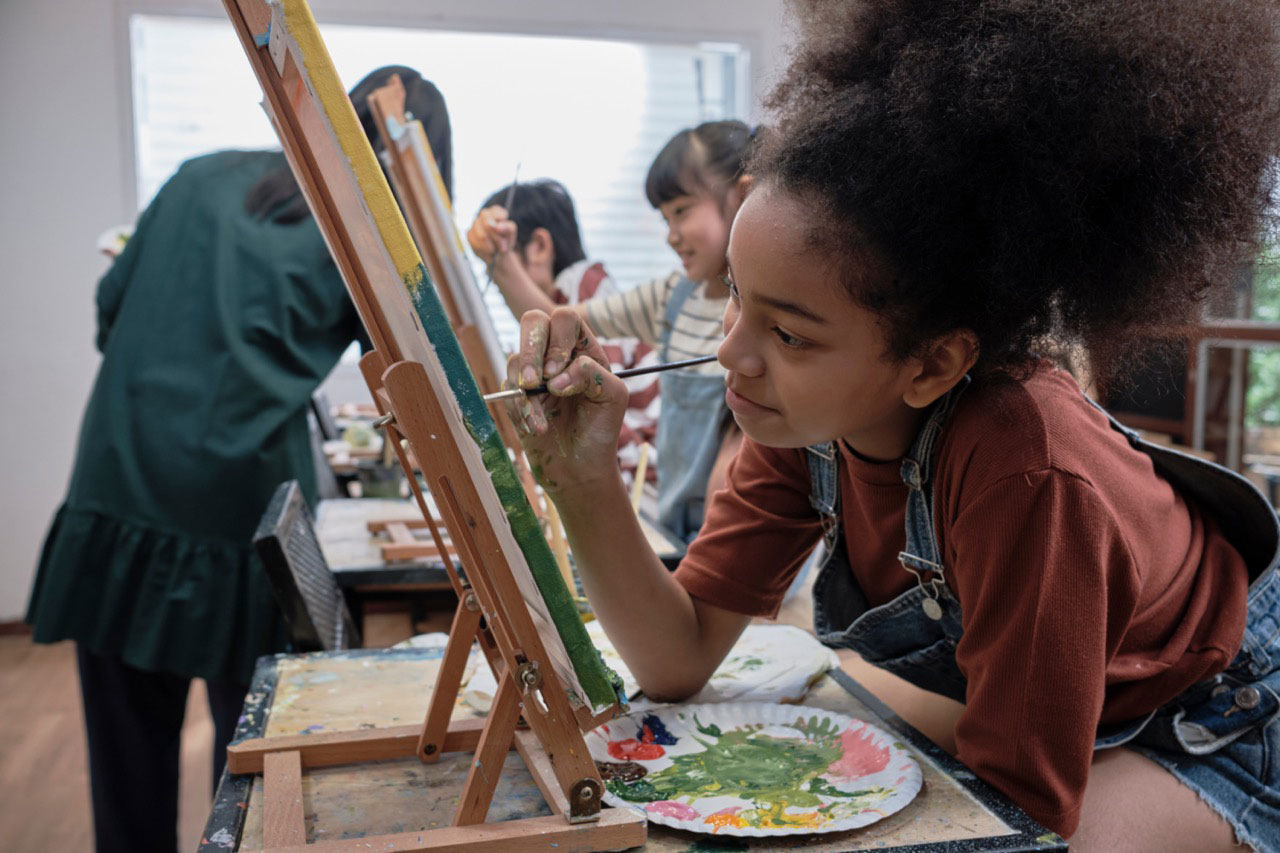If you or someone you know is struggling with suicide or self-harm and needs help, call or text the 988 National Crisis Line. You are not alone. There are always options available and people who can help.
Suicide Risk Periods
When you have a loved one who is struggling with suicide and self-harm, or when you are experiencing suicidal ideation yourself, it can feel terrifying and all-consuming. All that you want to know is how to keep your loved one or yourself safe. This is an increasingly important question as suicide rates have climbed 35% over the last 20 years1. However, there is hope, and as we continue to understand what drives suicide, we have improved how we can keep those at-risk safe. Additionally, many people who are suicidal go on to live rich and fulfilling lives; nine out of ten people who attempt suicide do not die by suicide2, yet the need to improve early detection and intervention is greatly needed. Contrary to what many people believe, suicide can be preventable with the right support.
Studies have shown that suicide is often an impulsive act, with a short period of time where we are most vulnerable to suicidal thoughts and urges. This timeframe is known as acute suicidality, and it often passes within a few hours, or even minutes. Someone can go from being absolutely sure that suicide is their only option, to living their life and being glad that they stayed in only 24 hours or less. While we are experiencing acute suicidality, preventing access to lethal means is the best option to keeping someone safe. But what does this look like in practice?
Removing Easy Access to Suicidal Means
There are two components to risk management: policy-wide efforts, and individual safety planning. Simply removing the means to suicide has been shown to significantly decrease suicide rates. In the mid 1960s when Britain replaced coal gas kitchen stoves with electric stoves, there was a subsequent 35% drop in deaths by suicide. At the time, roughly half of suicides used gas as a means. Through simply removing easy access to lethal means, individuals were less likely to attempt suicide. This discovery has revolutionized suicide safety, and this method has been coined “means restriction” or “means safety”.
On an individual level, means restriction might look like making a safety plan, and removing potential means, such as sharp objects, firearms, or medication. Simply by making it more difficult to access, you could save a life. Through removing the lethal means, and riding out the urges, suicidal individuals are able to get through their danger period.
Support Beyond Risk Periods
While support during periods of acute suicidality is crucial, another important part of suicide prevention is having resources available for people to discuss their mental health and receive support. This includes emotional support lines, therapy, and validation from family and friends. When there are safe spaces for individuals to share their experiences and thoughts without feeling judged, they are less likely to reach a crisis point.
Our Services
At the Youth and Family Institute, we specialize in supporting our clients every step of the way through their darkest times, to help them build their life worth living. For clients in crisis, we offer in-the-moment phone coaching, to help them work through their urges for self harm and suicide. We also offer comprehensive DBT Skills Training to teach them coping skills to get through life’s most difficult moments. Finally, we have also compiled a list of Free Mental Health Resources, including Emergency Resources. If you are interested in working with us, please visit our Contact Us page.
Sources:
- https://www.nimh.nih.gov/health/statistics/suicide#part_2557
- https://www.hsph.harvard.edu/means-matter/means-matter/survival/
- “Hope for Suicide Prevention” – Published for the New York Times by Ellen Barry on February 21st, 2024. Read Article




